If there’s one food that no one — not your doctor, your nutritionist or even your mother — will tell you to eat less of, it’s leafy greens.They’re packed with vitamins — A, B, K and others — but also rich in essential minerals like calcium, iron, potassium and magnesium, as well as antioxidants, which protect cells against damage.
6 Vegetables That Might Save Your Life
by the Huffington Post
1. Swiss Chard
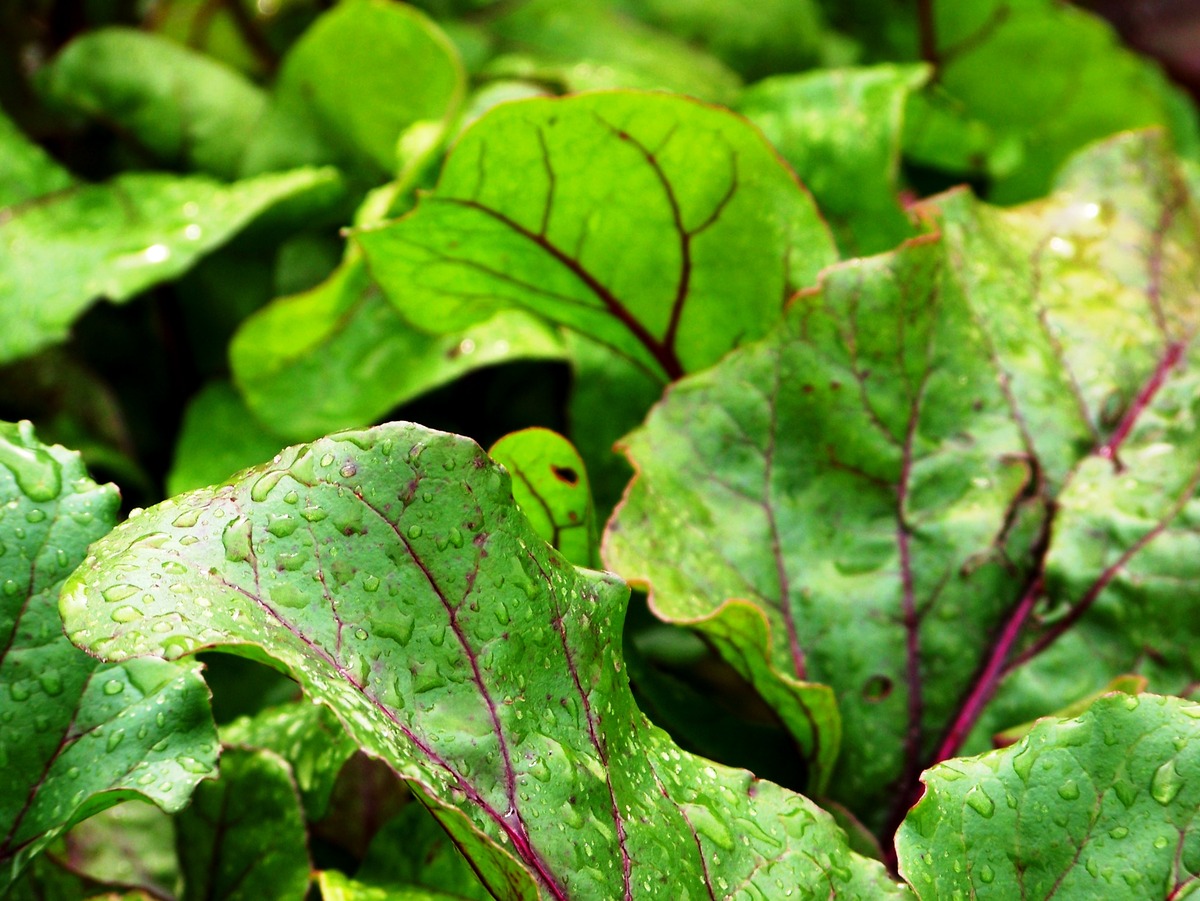
Why You Need It: This green is a top source of two important, lesser-known antioxidants: syringic acid and kaempferol. The former can help stabilize blood sugar by inhibiting enzymes that turn carbs into simple sugars, while the latter protects cells against cancer-causing toxins, lowers inflammation and may also reduce your risk for heart disease, diabetes and other chronic diseases. How To Eat It: Save calories while boosting your antioxidant intake by using Swiss chard instead of tortillas to make burritos and wraps. Cut leaves from stems, and steam leaves briefly. When cool, fill with your favorite healthy burrito staples: brown rice, quinoa, grilled shrimp or chicken, black beans, goat cheese, chopped tomatoes, sweet potatoes or other vegetables, beans, grains or grilled meats. Or sauté chard stems in garlic and olive oil for several minutes; add leaves, pine nuts and currants; and cook two to three more minutes before serving.
2. Arugula
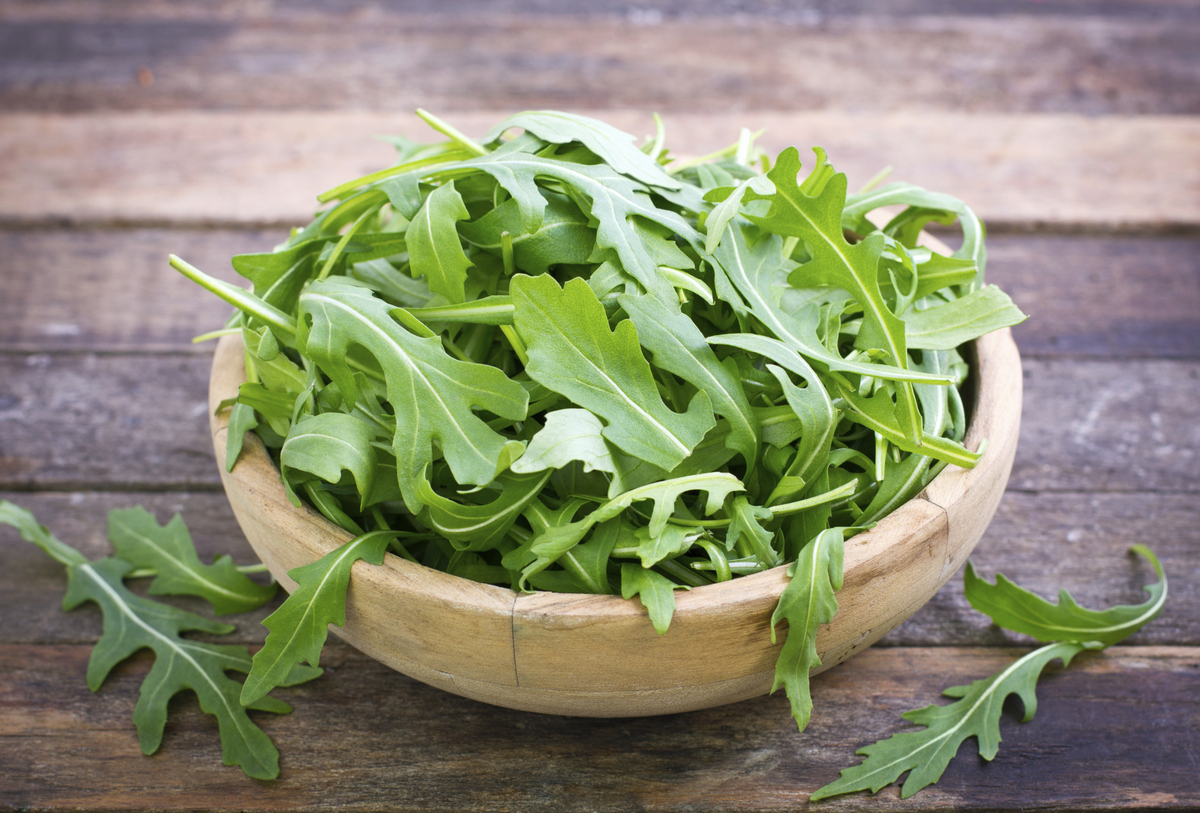
Why You Need It: Arugula has one of the highest nitrate levels of any leafy green, helping to increase blood flow and therefore enhance performance. It’s also packed with flavonoids — antioxidants that fight heart disease and even some cancers. New research suggests it may also prevent ulcers.How To Eat It: Arugula can be slightly bitter, so dress it in a salad with a fruity vinaigrette to counter the bite.
3. Collard Greens
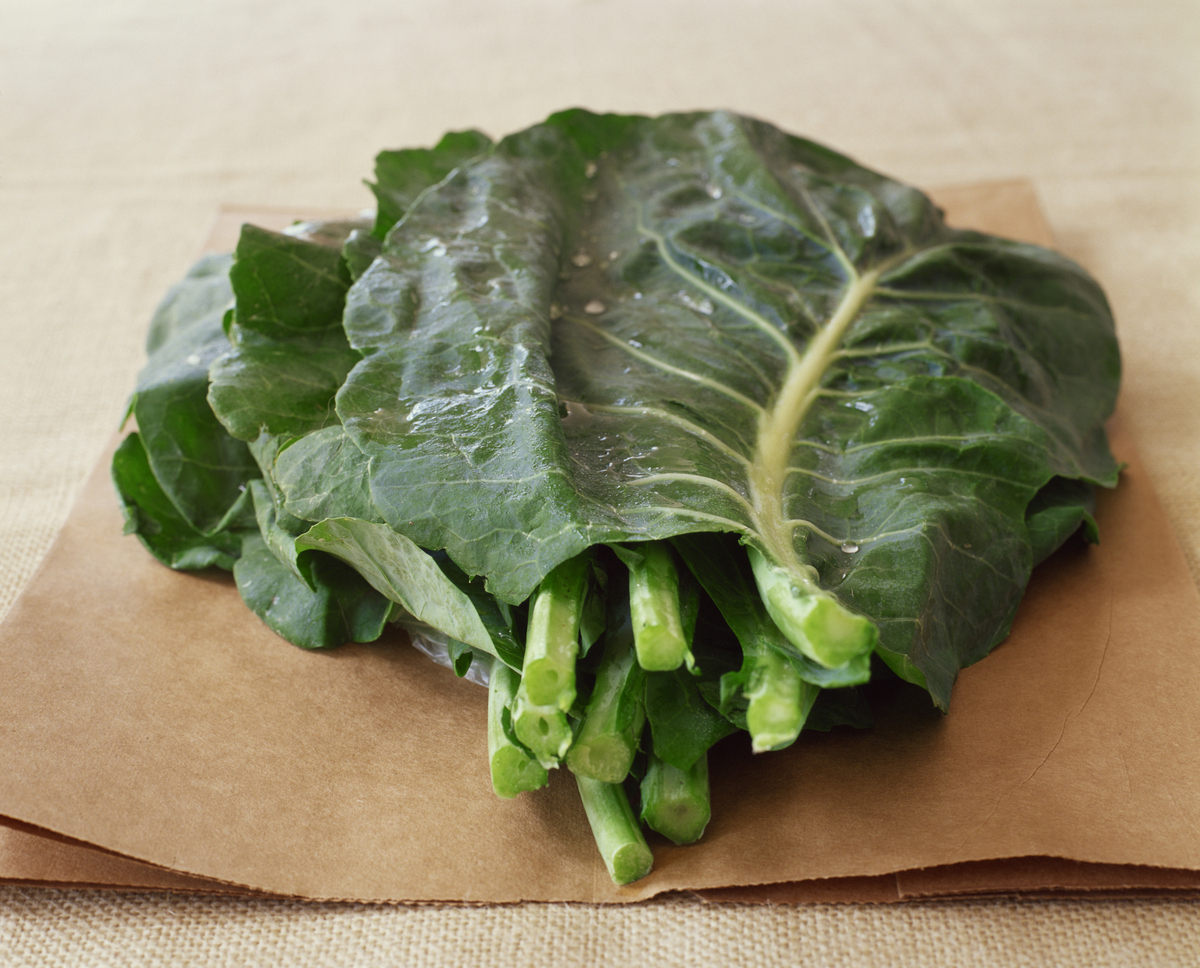
Why You Need It: Of all leafy greens, collards are best at binding your stomach’s bile acids, which can help lower your cholesterol levels and even protect you from some cancers. Collards also contain a special class of phytochemicals that nourish the body’s natural detoxifying system.
How To Eat It: Boiled collards are a soul-food staple, but unless you eat the broth, you’ll miss out on many nutrients. Steaming preserves more nutrients and increases bile-acid-binding activity. Jill Nussinow, a dietitian and chef, recommends kneading sturdy greens like collards or kale with olive oil for a few minutes before cooking to increase their flavor and make them easier to chew. Or massage with tahini and braise in garlic and lemon juice.
4. Bok Choy
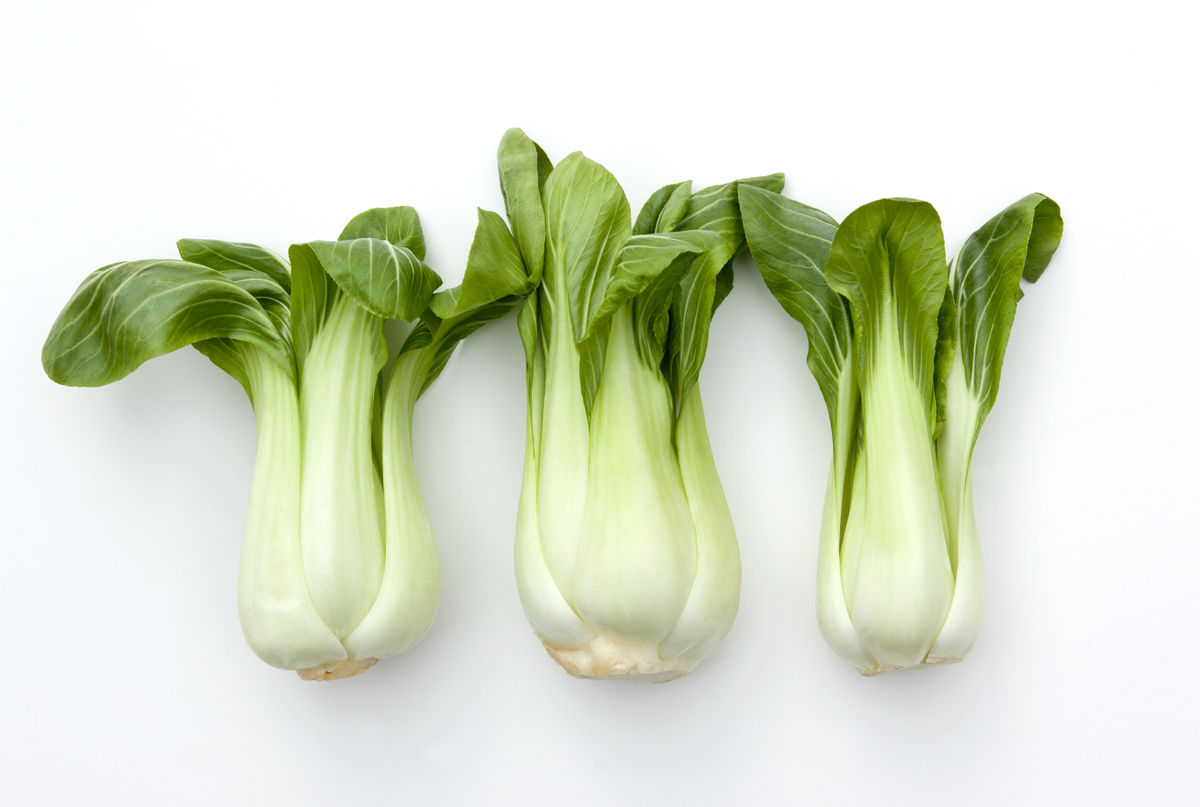
Why You Need It: Bok choy is one of the best sources of potassium, which helps build muscle and keep blood pressure low. It’s also packed with vitamin A, which strengthens the immune system by increasing white-blood-cell activity and the body’s response to toxins.How To Eat It: Chop up and braise the lower, white portion of the stems in chicken or vegetable broth and sesame oil. Add leaves after two minutes, and cook another one to two minutes.
5. Kale
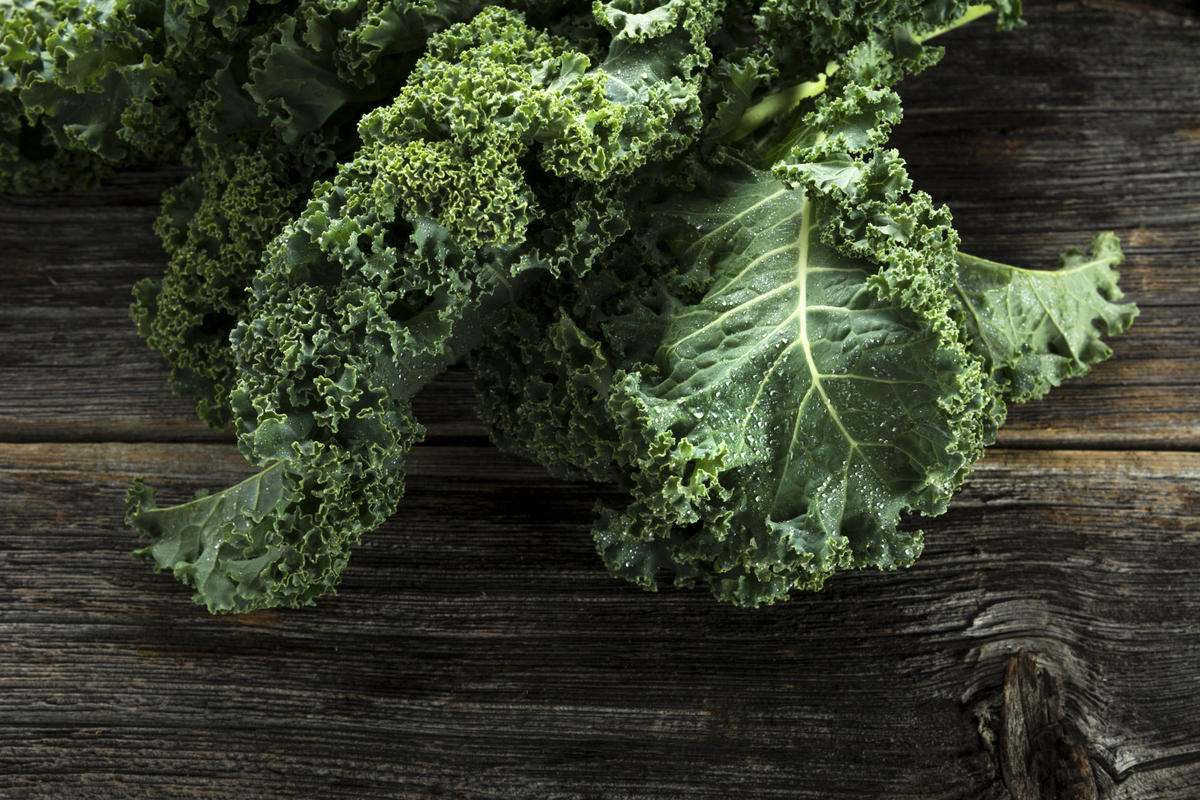 jrwasserman via Getty Images
jrwasserman via Getty ImagesWhy You Need It: Kale is a prime source of cancer-thwarting compounds called glucosinolates, as well as kaempferol, which researchers believe combats cancer and may also, incredibly, protect the heart, lower blood sugar, strengthen bones and reduce inflammation in the body. Kale is rich in lutein and zeaxanthin, antioxidants that help prevent eye disease and vision loss as you age.How To Eat It: Briefly sauté kale in olive oil with chopped onions, and then braise in white wine or vegetable stock for five to 10 minutes.
6. Watercress
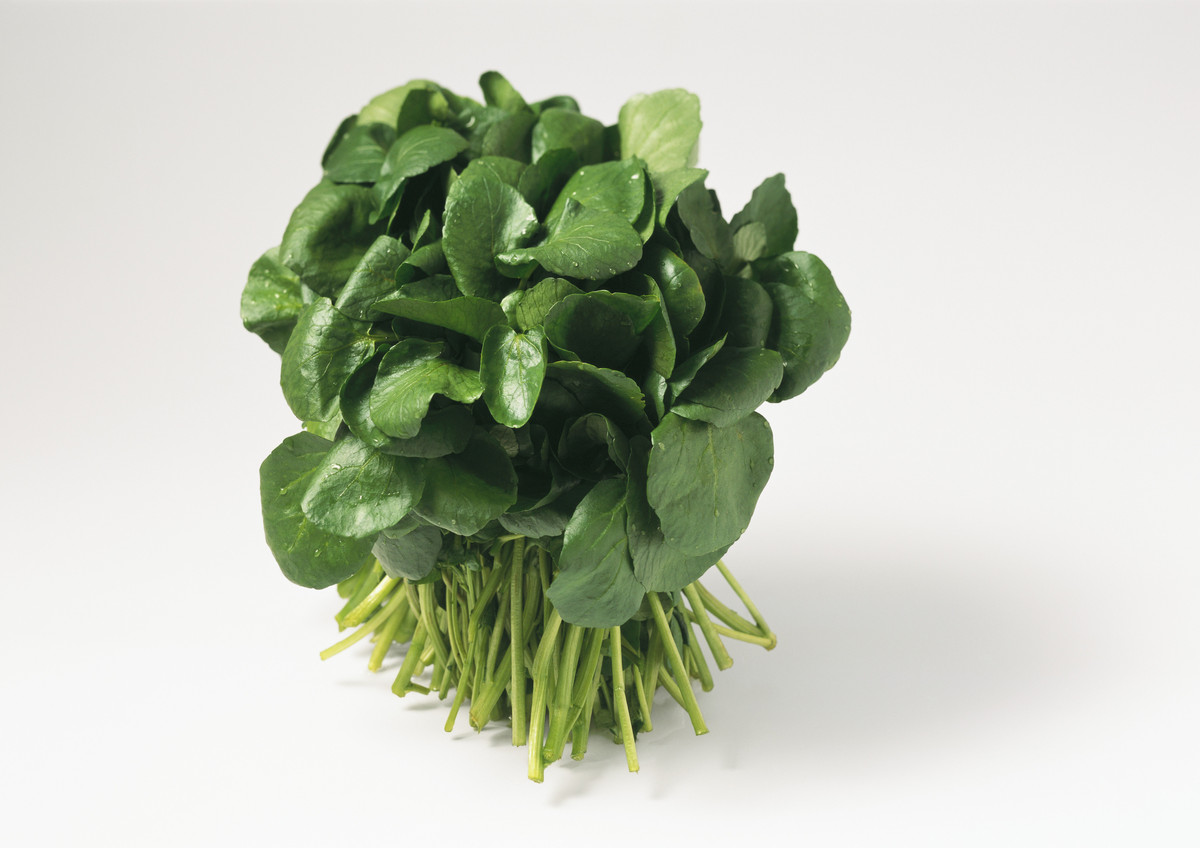
Why You Need It: A single cup of watercress will bump you over your recommended daily value of vitamin K, which can help regulate blood clotting and reduce plaque on artery walls and may lower inflammation linked to chronic diseases like arthritis. If you could stand to eat watercress daily for two months, you would cut DNA damage to your white blood cells, reducing your risk of cancer and lowering your triglycerides (unhealthy blood fats) by 10 percent, according to studies. At the very least, eat more.How To Eat It: Watercress adds a peppery crunch to grilled cheese and other sandwiches, and also works well in salads. Or take a tip from Julia Child and simmer a pound of potatoes, three cups of leeks and a little butter in two quarts of water for an hour; add a cup of watercress and simmer five more minutes before pureeing in a blender until smooth. Don’t worry about losing nutrients: You’ll retain them in the base of this flavorful soup.